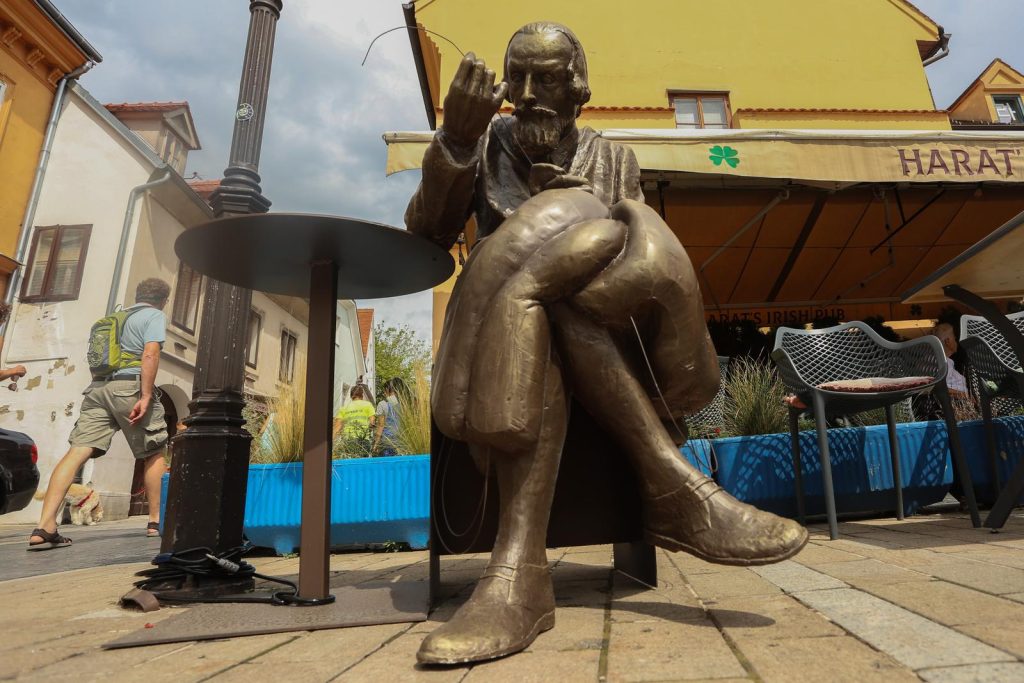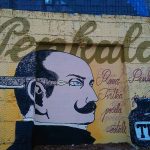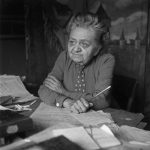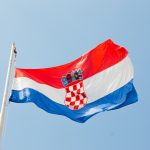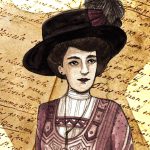November the 22nd, 2023 – Tesla might be the most famous of all great minds born in Croatia, Bošković, too, but what about Faust Vrančić? Here are five things you didn’t know about Croatian inventor Faust Vrančić.
He was born in Šibenik, but because it was then part of venice, he’s often referred to as Venetian
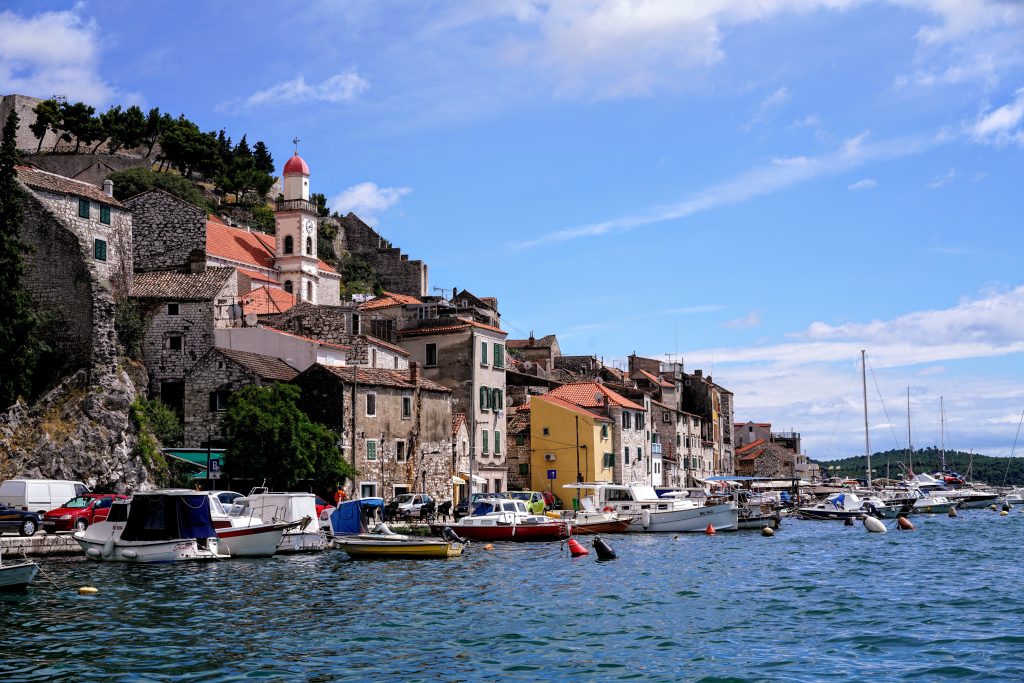
Much like other great minds born in Croatia, there’s a bit of a complicated background involved. Croatia has changed hands many times. At one point, there were huge numbers of people born and raised in Croatia, never having lived anywhere else, who had been citizens of several states by the time their lives were over. This has resulted in squabbles and back and forth about national identity and religious affiliation, both of which have carried different meanings during different periods of time. Much like Nikola Tesla and to a lesser extent Ruđer Bošković (at least recently, anyway), Croatian inventor Faust Vrančić isn’t immune to this.
He was born in Šibenik on the very first day of 1551. Šibenik is a historic Dalmatian coastal city which is indisputably located in Croatia. Back then, however, this city was located in Venetian Dalmatia. He’s also commonly referred to as Fausto Veranzio or Faustus Verancsics as a result of this, and not his Croatian name – Faust Vrančić. He was born into a Croatian family on both sides, however, who in addition to the family’s main address in Šibenik, also had a large summer home on the nearby island of Prvić. Croatian inventor Faust Vrančić was buried there after his death.
He studied Leonardo da Vinci’s works and came up with his own parachute – The Flying Man
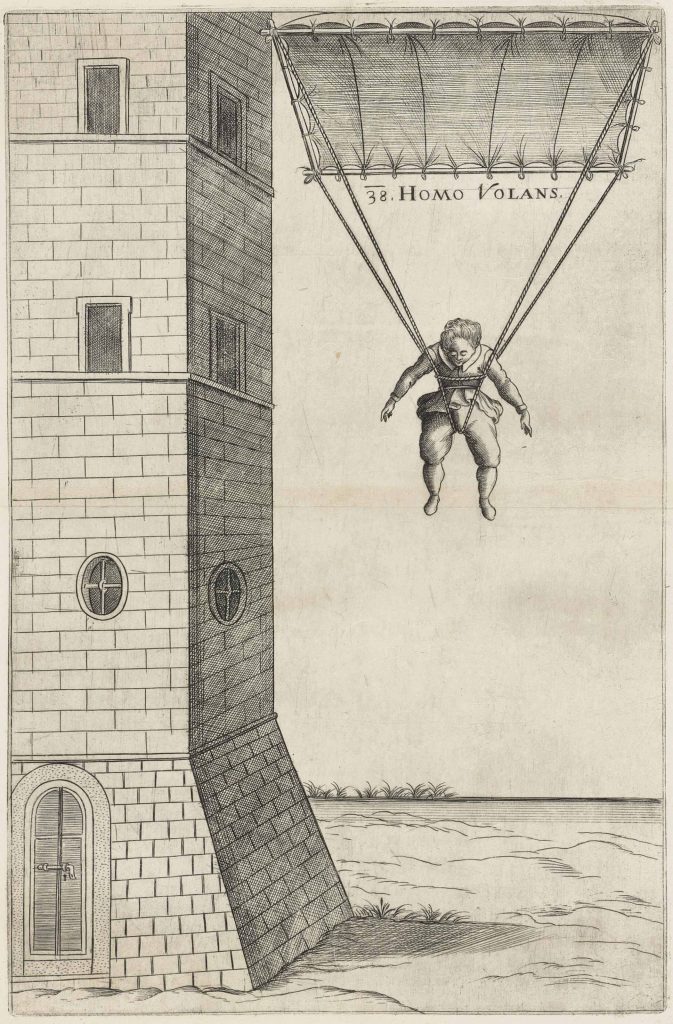
Croatian inventor Faust Vrančić experienced endless curiosity, and this saw him naturally become very interested in individuals like the great Leonardo da Vinci. Da Vinci, known for coming up with an entire array of futuristic concepts of the time, spent a lot of time on the parachute. This intrigued Vrančić, who came up with his own version of the parachute, known as The Flying Man (Homo Volans). He is believed to have performed his own experiment with his invention, with some therefore deeming Croatian inventor Faust Vrančić the first man to actually construct and then test a parachute.
Despite being 65 when he allegedly performed his own jumping experiment with his own parachute, according to legend, he leapt from St. Mark’s Campanile in Venice in order to test out his creation in 1617. This remains a very questionable “event”, however, with no evidence suggesting it actually occurred. It was mentioned in 1648 by John Wilkins, in a book called The Wonders That May be Performed by Mechanical Geometry.
The Pope himself ordered him to spend two years in Rome
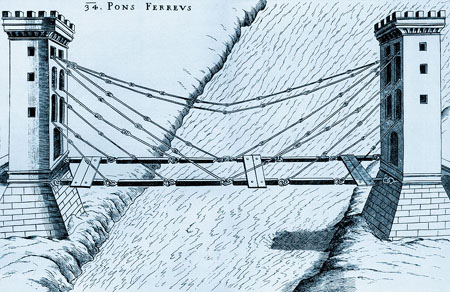
The Pope ordered that Croatian inventor Faust Vrančić spend two years in Rome. During that time, he studied and engaged in projects aimed at the regulation of rivers, statics and metal bridge construction. The latter saw him design the concept of numerous forms of bridge – from truss bridges to arch bridges. He also envisioned devices which would register time using not only water from rivers, but also from fire. Eventually, one of his creations ended up being materialised, and his sun clock could read not only the time, but also the date and the calendar month. The only downside to this creation is that it was only actually reliable in the middle of the day.
During his time spent in Rome, which was the frequent victim of flooding from the Tiber River, he also got to work handling Venice’s water supply issues. He is credited with tackling well-related problems which were common to Venice, given that it is surrounded by seawater.
He authored a five-language dictionary
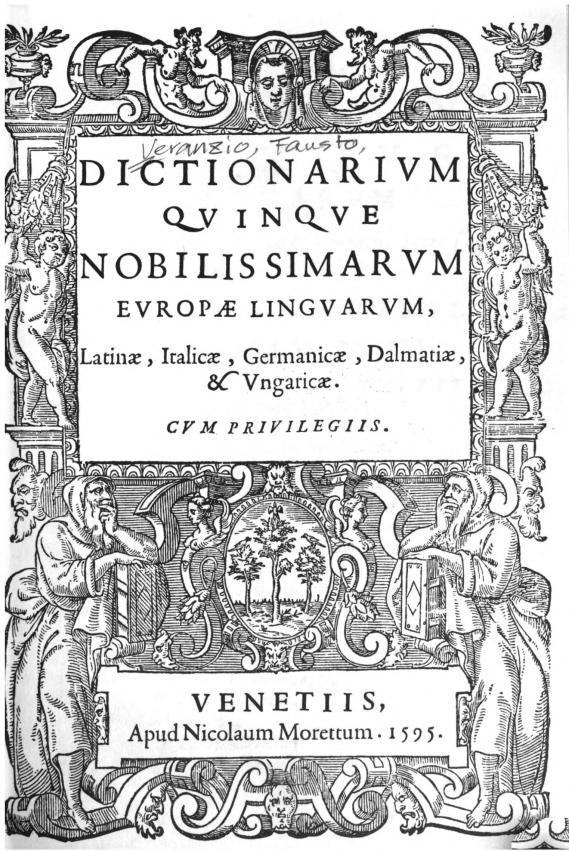
Dictionarium quinque nobilissimarum Europæ linguarum, Latinæ, Italicæ, Germanicæ, Dalmatiæ, & Vngaricæ was the five-language dictionary the remarkably talented Croatian inventor Faust Vrančić authored. It’s quite the mouthful, and it caused a proverbial wave in the world of orthography.
He published this astonishing piece of literary work in Venice in 1595, and it boasted 5,000 entries for each of the languages it contained. He referred to the languages he chose as the five “most noble European languages”, and one of them was of course his native Dalmatian vernacular and the Chakavian dialect of the Croatian language. In addition to them, he included Italian, Latin and German.
He included a list of Proto-Croatian words that had been adopted and used in Hungarian, as well as over 300 words that he deemed to have been originally borrowed from Croatian. This book had an enormous influence among not only Croatian but Hungarian linguists, becoming the first Hungarian language dictionary and being published four times in total! In addition to being an inventor, Vrančić was also a bishop, and included in this dictionary are the Croatian language versions of religious texts. These are the Apostle’s Creed, Ave Maria, the Lord’s Prayer and the Ten Commandments.
His legacy is impressive
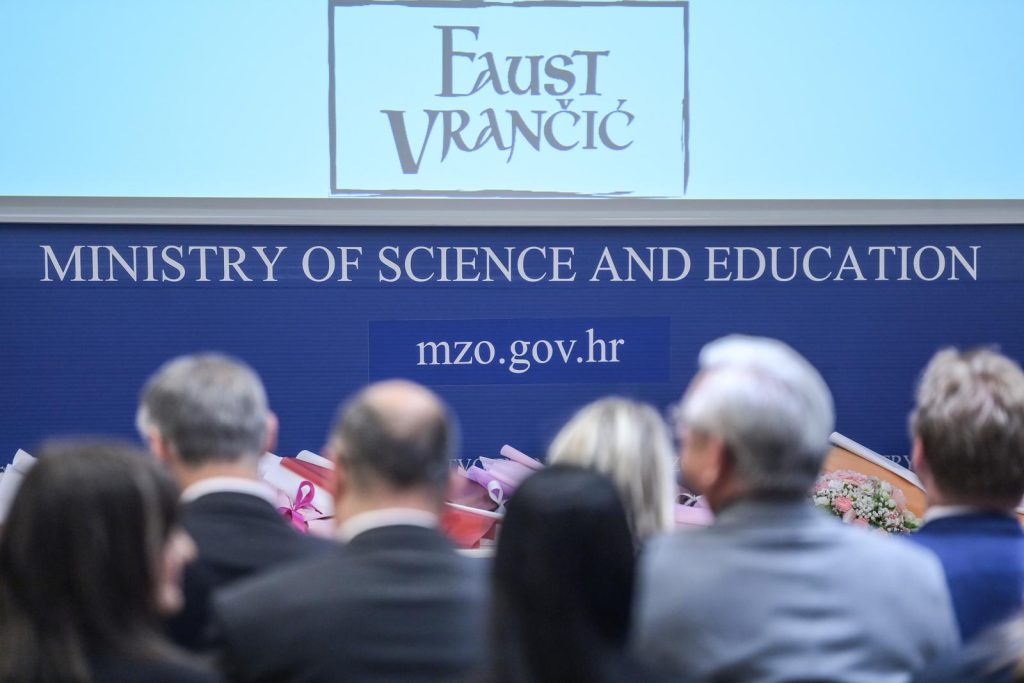
Croatian inventor Faust Vrančić left a distinguished legacy behind him:
The Croatian Parliament created the Faust Vrančić National Award for Technical Culture
The Faust Vrančić Astronomy Society was formed in his hometown of Šibenik
The Days of Faust Vrančić cultural event takes place annually in Šibenik
He has a bust at the Nikola Tesla Museum
Long Island’s Brooklyn Tidal Mill was designed based on Vrančić’s plans back in the 17th century
The rector of the University of Zagreb’s chain bears his image
Many Croatian streets and schools bear his name
The Croatian Navy even named a rescue vessel after him

